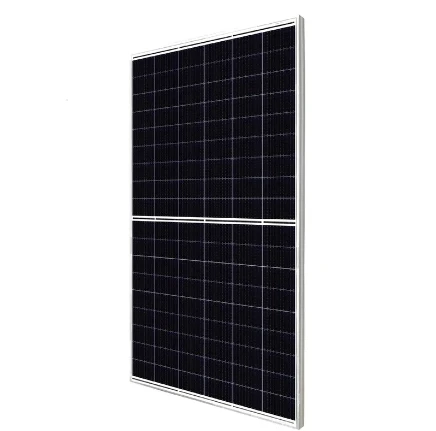Comparing the Efficiency of Monocrystalline and Polycrystalline Solar Panels for Optimal Energy Production
The Efficiency of Monocrystalline and Polycrystalline Solar Panels
Solar energy has emerged as a pivotal solution for the world's growing energy demands and environmental concerns. Among the various technologies harnessed to convert sunlight into electricity, monocrystalline and polycrystalline solar panels are the most commonly used. Each type has its own unique characteristics, advantages, and efficiency levels, making them suitable for different applications and contexts.
Monocrystalline Solar Panels
Monocrystalline solar panels are made from a single continuous crystal structure. This manufacturing process allows for the creation of highly efficient solar cells. The efficiency of monocrystalline solar panels typically ranges from 15% to 22%, with some high-performance models exceeding this range. The primary advantage of monocrystalline panels lies in their high efficiency and longevity. They occupy less space while producing more power, making them ideal for residential applications where roof space is often limited.
Moreover, monocrystalline panels tend to have improved performance in low-light conditions and are known for their sleek, black appearance. This aesthetic quality is often favored by homeowners. Additionally, the longevity of these panels is noteworthy; many manufacturers offer warranties extending up to 25 years, which speaks to their durability and long-term reliability.
However, monocrystalline panels do come with a higher price tag due to the more complicated manufacturing process. This initial investment can be a disadvantage for some consumers, particularly in areas where budget constraints are a significant concern.
Polycrystalline Solar Panels
Polycrystalline solar panels, on the other hand, are made from multiple silicon crystals melted together. This manufacturing process is less energy-intensive, making polycrystalline panels more cost-effective. However, their efficiency generally falls in the range of 13% to 16%, which is lower than that of monocrystalline panels. Despite this, polycrystalline panels remain a popular choice for many applications, particularly for large-scale solar farms where space is not as constricted.
efficiency of monocrystalline and polycrystalline solar panels

One of the key benefits of polycrystalline panels is their lower cost. They are less expensive to produce, which can translate to savings that are passed on to consumers. This affordable pricing makes them an attractive option for commercial installations and large residential projects.
In terms of aesthetics, polycrystalline panels have a bluish hue and a less uniform appearance compared to their monocrystalline counterparts. This can be a consideration for some homeowners who prioritize the visual aspect of their solar installations.
Efficiency Comparison and Applications
When comparing the efficiency of monocrystalline and polycrystalline panels, it is crucial to consider the intended application. For residential installations with limited roof space, monocrystalline panels are often the better choice due to their higher efficiency and output. On the other hand, for large agricultural or commercial projects where space is abundant and cost is a major factor, polycrystalline panels can provide significant advantages without sacrificing overall energy output.
Both panel types have made significant advancements in technology, and their efficiencies continue to improve over time. When choosing between monocrystalline and polycrystalline solar panels, factors such as geographical location, available space, budget, and energy needs should all be carefully examined.
Conclusion
In summary, the decision between monocrystalline and polycrystalline solar panels largely hinges on specific needs, goals, and financial constraints. While monocrystalline panels offer superior efficiency and performance, polycrystalline panels present a cost-effective alternative that can still generate substantial power. Understanding these differences is essential for making an informed choice and maximizing the benefits of solar energy. As advancements continue in solar technology, consumers can look forward to even greater efficiency and improved options for harnessing the power of the sun.
-
Unlocking Energy Freedom with the Off Grid Solar InverterNewsJun.06,2025
-
Unlock More Solar Power with a High-Efficiency Bifacial Solar PanelNewsJun.06,2025
-
Power Your Future with High-Efficiency Monocrystalline Solar PanelsNewsJun.06,2025
-
Next-Gen Solar Power Starts with Micro Solar InvertersNewsJun.06,2025
-
Harnessing Peak Efficiency with the On Grid Solar InverterNewsJun.06,2025
-
Discover Unmatched Efficiency with the Latest String Solar InverterNewsJun.06,2025







